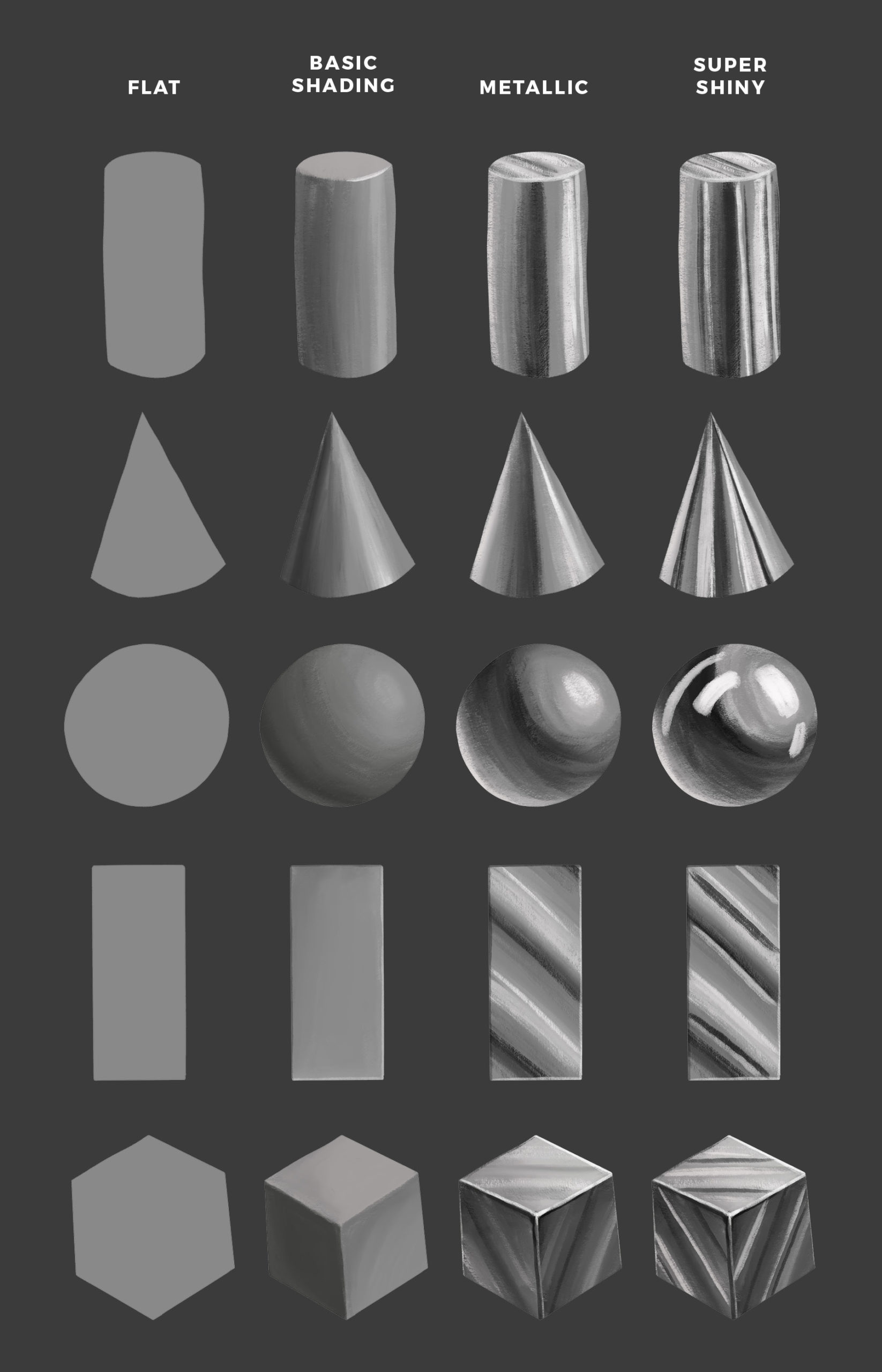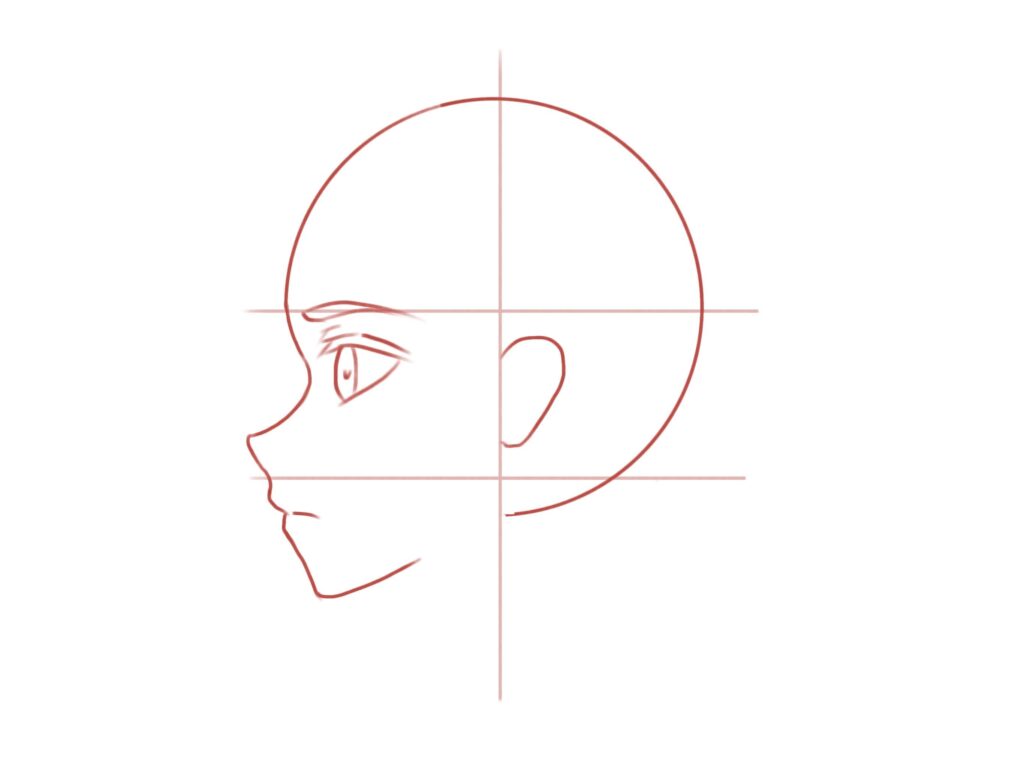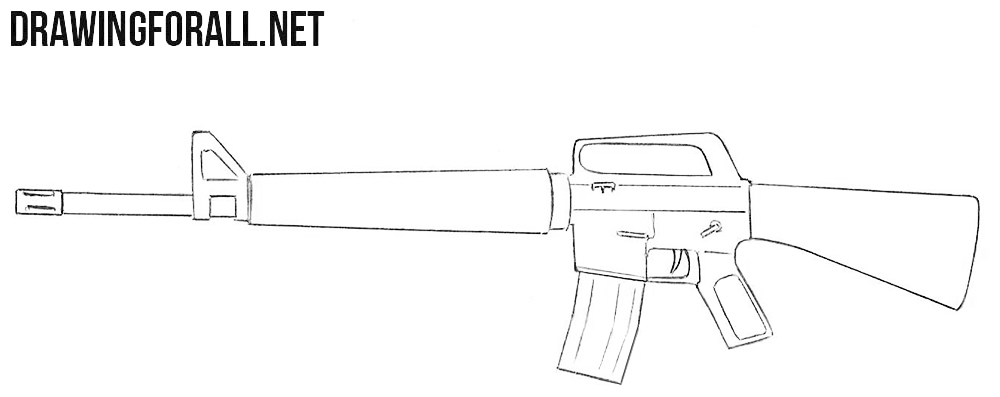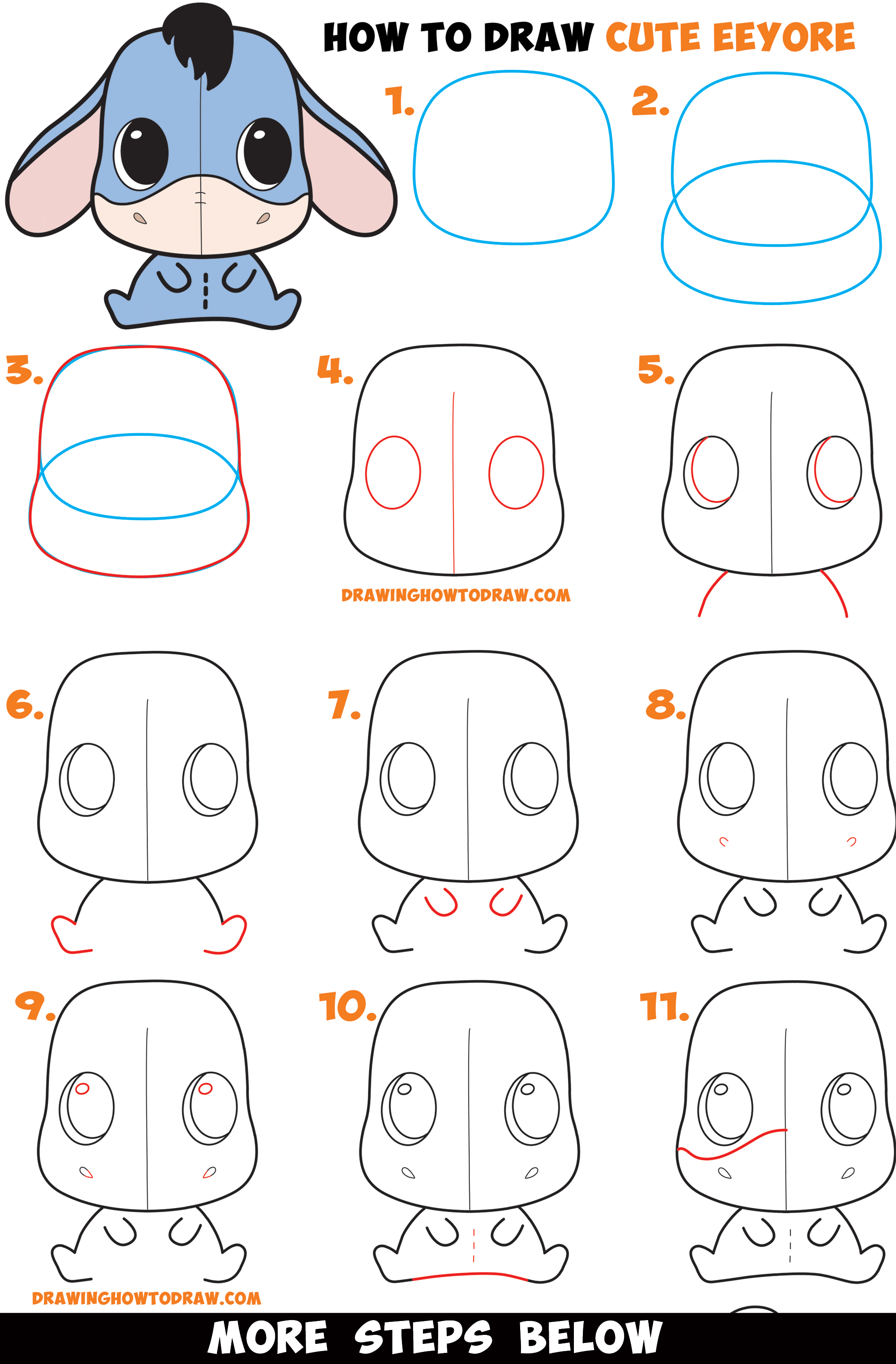Metals practicing rebloggy
Table of Contents
Table of Contents
Are you tired of struggling to draw on metal surfaces? Do you want to create stunning artwork on metal, but don’t know where to start? Look no further because this post will teach you how to draw on metal surfaces like a pro!
Pain Points:
Drawing on metal surfaces can be challenging, especially if you don’t have the right tools or knowledge. The surface of metal can be slick and difficult to work with, and it requires specific techniques to create an image that will last. Additionally, the reflective quality of most metals can make it challenging to create shading and highlights, which are essential components of realistic drawings.
How to Draw on Metal:
To draw on metal, you’ll need the right tools, including a fine-grit sandpaper to prepare the surface and prevent smudging, a pencil with a hard lead, and metal-specific markers or paint. Begin by sanding the surface of the metal to give it a rough texture and help the pencil grip the metal. Then, sketch your design with a hard lead pencil. Don’t use an eraser, as it will leave marks on the metal. Once your sketch is complete, use metal markers or paint to color your design, applying lighter colors first and building up to darker shades.
Summary:
To summarize, drawing on metal can be challenging, but with the right tools and techniques, it is achievable. Use a fine-grit sandpaper to prepare the surface, a hard lead pencil to sketch your design, and metal markers or paint to color your work. Remember to apply lighter colors first and build up to darker shades to create a realistic, shaded effect.
How to Draw on Metal Target and Personal Experience:
If you’re looking to add texture and dimension to your artwork, drawing on metal surfaces can be a satisfying challenge. One of the most challenging aspects of drawing on metal is creating metallic shading, which requires the use of reflective highlights and deep shadows to create a realistic and dramatic effect.
I remember when I first tried to draw on metal, I struggled to create a smooth surface without any smudges or marks. However, with practice and the right tools, I was able to create stunning metallic drawings that were unlike anything I had created before.
 Techniques for Drawing on Metal:
Techniques for Drawing on Metal:
Once you have the right tools, there are specific techniques you can use to create a realistic and shaded effect on metal surfaces. One technique involves creating a smooth and consistent texture on the metal surface by using a circular motion while sanding. Another technique involves using a white marker or paint to create reflective highlights, adding depth and dimension to your work. Finally, using contrasting colors and strong lines can help create a sense of three-dimensionality on the surface of the metal.
 ### Using Metallic Markers and Paint:
### Using Metallic Markers and Paint:
To achieve a realistic metallic effect on your artwork, it’s essential to use markers or paint specifically designed for use on metal surfaces. These tools are formulated to create an opaque and permanent finish on metal, and they typically contain metallic pigments that create a reflective and shimmering effect. When using markers, be mindful of the tip size, as finer tips are better suited for detailed work, while larger tips are better for larger areas. When using paint, apply thin and even layers, building up to the desired effect.
 Creating Textures on Metal:
Creating Textures on Metal:
Textures can add interest, dimensionality, and intricacy to your artwork on metal. To create textures, you can use tools like hatching or cross-hatching, stippling, and sgraffito, which involves scraping away layers of paint or marker to reveal the metal surface. Additionally, you can combine different techniques and tools to create more complex textures and patterns.
Question and Answer:
Q: Is it possible to draw on any metal surface?
A: Yes, but some metals may require additional preparation, such as cleaning and priming, to create a surface that is receptive to drawing materials.
Q: What type of paint works best for drawing on metal surfaces?
A: Paints or markers that contain metallic pigments typically work best, as they create a reflective and shimmering effect that is particularly well-suited for metal surfaces.
Q: Can I erase mistakes on a metal drawing?
A: No, erasing can leave marks on the metal surface, so it’s best to start with a rough sketch using a hard lead pencil and gradually build up your design with markers or paint.
Q: How can I protect my finished metal drawing?
A: You can apply a clear coat of sealant or wax to protect your drawing from scratches or fading.
Conclusion
Drawing on metal surfaces can be a challenging and rewarding experience, requiring the use of specific tools, techniques, and materials. With practice and patience, anyone can create stunning and unique artwork on metal that will last for years to come.
Gallery
Shoulders - Draw Robots - Joshua Nava Arts

Photo Credit by: bing.com / drawing metal effect metallic pencil draw robots surfaces shoulders representation continue reading joshua nava arts joshuanava biz
Kjangsta: “ Syberstudies: “ Practicing Metal Painting And Textures

Photo Credit by: bing.com / metals practicing rebloggy
How To Draw Metal

Photo Credit by: bing.com / textures tutsplus advertisement rusty
How To Draw Metallic Surfaces The Easy Way • Bardot Brush

Photo Credit by: bing.com / shading reflection reflective bardotbrush
How To Draw Metal

Photo Credit by: bing.com / piala logam kapak realistik tutsplus rusty





